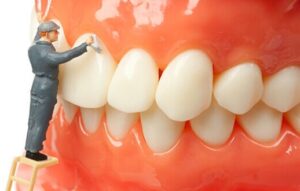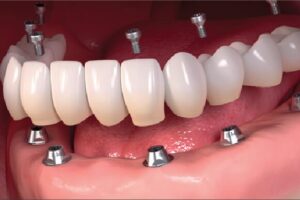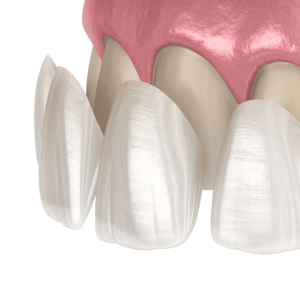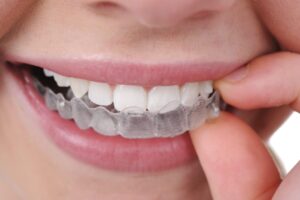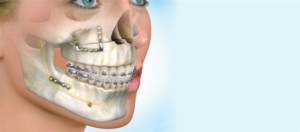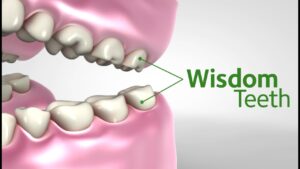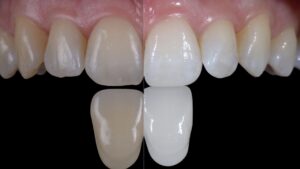
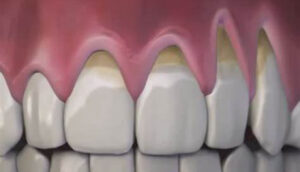 .
. 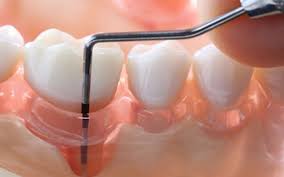
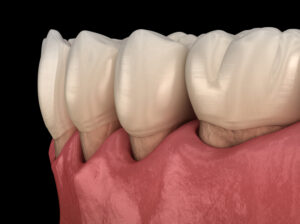
Why Do Gums Recede?
There are a number of factors that can cause your gums to recede, including:
Periodontal diseases. These are bacterial gum infections that destroy gum tissue and supporting bone that hold your teeth in place. Gum disease is the main cause of gum recession.
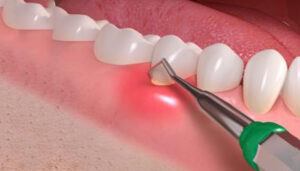
Your genes. Some people may be more susceptible to gum disease. In fact, studies show that 30% of the population may be predisposed to gum disease, regardless of how well they care for their teeth.
Aggressive tooth brushing. If you brush your teeth too hard or the wrong way, it can cause the enamel on your teeth to wear away and your gums to recede.
Insufficient dental care. Inadequate brushing, flossing, and rinsing with antibacterial mouthwash makes it easy for plaque to turn into calculus (tartar) a hard substance that builds on and between your teeth and can only be removed by a professional dental cleaning. It can lead to gum recession.
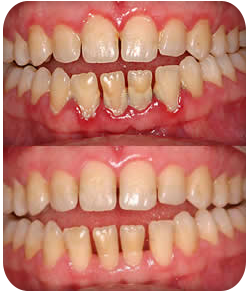
Hormonal changes. Fluctuations in female hormone levels during a woman’s lifetime, such as in puberty, pregnancy, and menopause, can make gums more sensitive and more vulnerable to gum recession
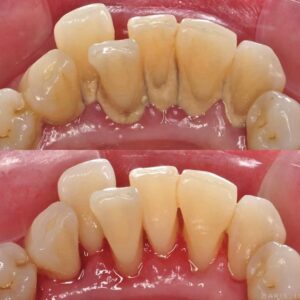 .
. How Is Gum Recession Treated?
Mild gum recession may be able to be treated by your dentist by deep cleaning the affected area. During the deep cleaning, also called tooth scaling and root planning, plaque and tartar that has built up on the teeth and root surfaces below the gum line is carefully removed and the exposed root area is smoothed to make it more difficult for bacteria to attach itself. Antibiotics also may be given to get rid of any remaining harmful bacteria.
If your gum recession cannot be treated with deep cleaning because of excess loss of bone and pockets that are too deep, gum surgery may be required to repair the damage caused by gum recession.
What Type of Surgery Is Used to Treat Gum Recession?
The following surgical procedures are used to treat gum recession:
Open flap scaling and root planing: During this procedure, the dentist or periodontist (gum doctor) folds back the affected gum tissue, removes the harmful bacteria from the pockets, and then snugly secures the gum tissue in place over the tooth root, thus eliminating the pockets or reducing their size.
How Can I Prevent Gum Recession?
The best way to prevent gum recession is to take good care of your mouth. Brush and floss your teeth every day and see your dentist or periodontist at least twice a year, or as recommended. Ask your dentist to show you the proper way to brush your teeth. If a misaligned bite or teeth grinding is the cause of gum recession, talk to your dentist about how to correct the problem.
By taking good care of your teeth, you can have a healthy smile forever.
A short animated video shows is attached shows how your periodontist is able to treat gum recession by a connective tissue graft taken from the palate and placed surgically under the gum.


